The world of birds is filled with fascinating behaviors that often seem mysterious to casual observers. One of the most intriguing phenomena is the sudden appearance of certain bird species immediately following rainfall. Like actors waiting for their cue, these birds emerge dramatically once the clouds have emptied and the air is fresh with moisture. This behavior isn’t merely coincidental—it reflects deep evolutionary adaptations, ecological relationships, and survival strategies. From the desert thrushes that materialize seemingly from nowhere after rare downpours to familiar backyard species that become notably more active post-rain, these precipitation-linked appearances offer a window into birds’ remarkable sensitivity to environmental changes. Let’s explore why some birds make their debut only after the clouds have parted and the earth is damp with fresh rainfall.
The Ecological Trigger of Rainfall
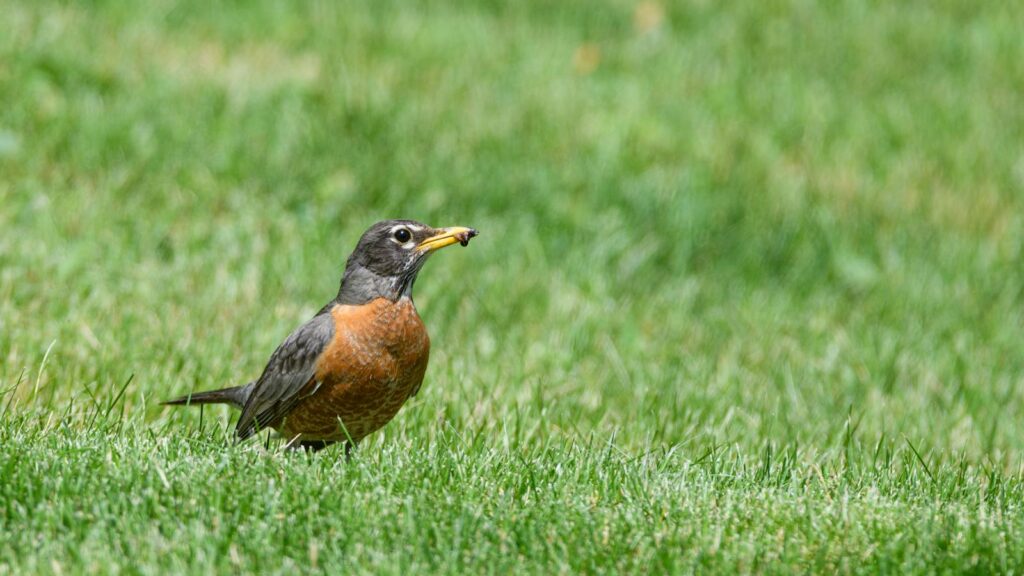
Rain fundamentally transforms ecosystems in ways that create ideal conditions for many bird species. When precipitation saturates the ground, countless invertebrates—from earthworms to insects—emerge to the surface, creating an abundant feast for insectivorous birds. This phenomenon is particularly visible with American Robins, which appear in flocks on lawns after rainfall to harvest earthworms that have come to the surface to avoid drowning in their waterlogged tunnels. The temporarily increased food availability creates a perfect feeding opportunity that birds have evolved to recognize and exploit. Beyond just food accessibility, rainfall softens soil and leaf litter, making foraging significantly less energy-intensive for ground-feeding species that might otherwise struggle to access buried prey in dry, compacted conditions.
Desert Specialists and Rain-Triggered Appearances
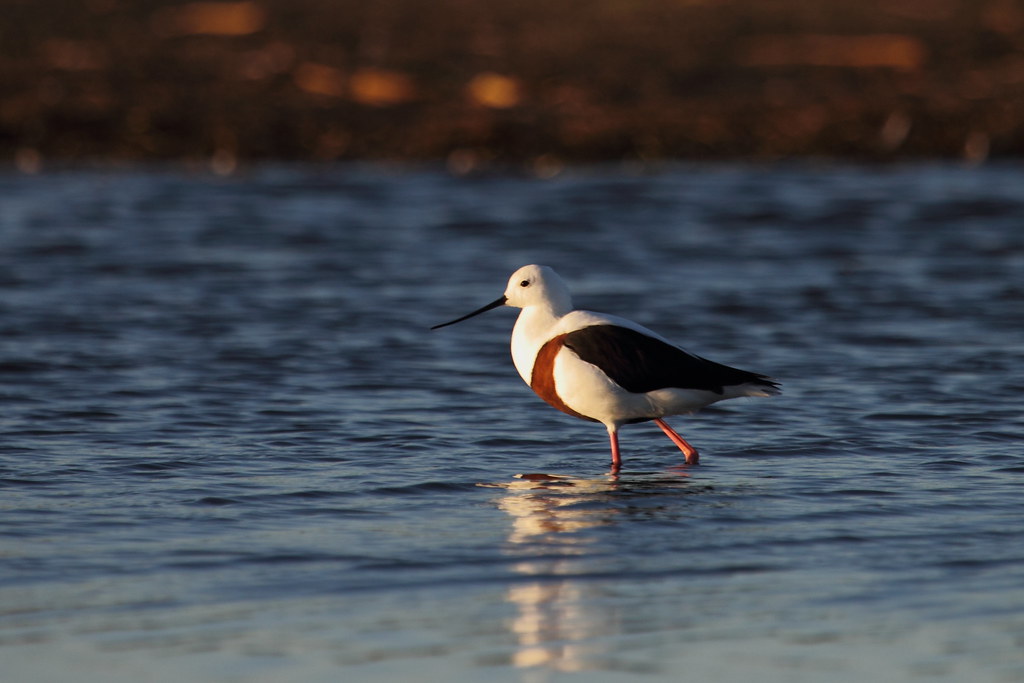
In arid environments, some bird species have evolved extraordinary adaptations that connect their activity patterns directly to rainfall events. Desert-dwelling birds like the Australian Banded Stilt can detect rainfall from hundreds of miles away and will rapidly travel to temporary wetlands that form after precipitation. These birds have developed a remarkable sensitivity to distant weather events, possibly detecting changes in barometric pressure or even the scent of rain carried on winds. The Zebra Finch of Australia represents another fascinating example, as these birds can enter a reproductive state within 24 hours of rainfall, having evolved to capitalize on the brief windows when desert habitats become temporarily resource-rich. This remarkable synchronization with unpredictable rainfall patterns demonstrates how precisely some birds have tuned their biology to precipitation cycles in harsh environments.
Insect Hatches Following Rainfall
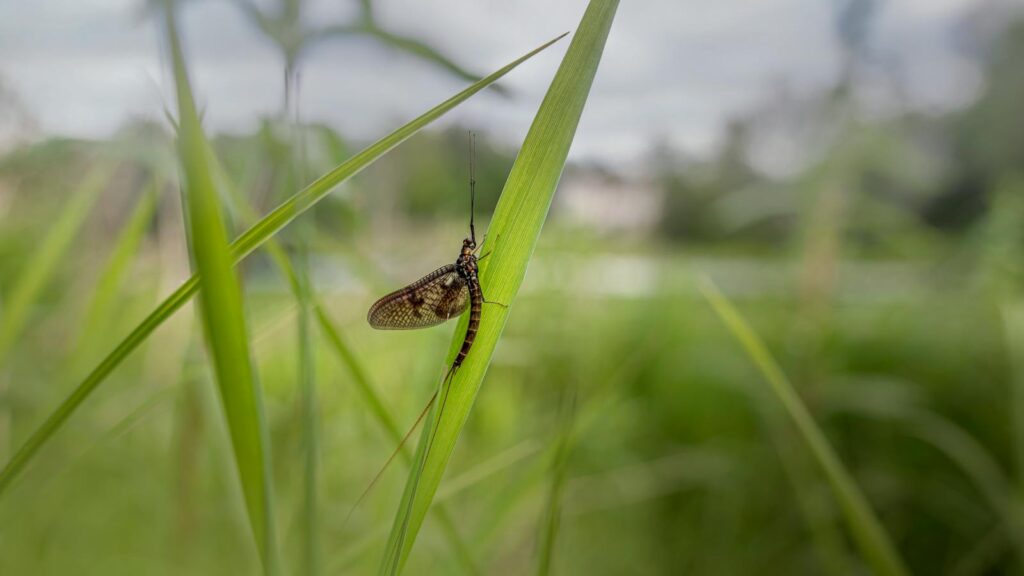
One of the most dramatic post-rain bird appearances occurs when aerial insectivores suddenly fill the skies, drawn by explosive insect emergences triggered by precipitation. Swifts, swallows, and nighthawks may appear in great numbers following rainfall as they capitalize on mass hatches of flying insects like mayflies, caddisflies, and midges. These insect populations often synchronize their emergence with rainfall to maximize their own reproductive success, creating a cascade effect through the food web that culminates in the appearance of birds specialized in catching them on the wing. The Purple Martin, North America’s largest swallow, demonstrates this behavior clearly, often appearing in large numbers over wetlands and fields after spring rains trigger insect hatches. Birders familiar with this pattern sometimes plan their observation outings specifically for post-rain conditions to maximize their chances of seeing these aerial specialists in action.
Thermoregulation and Behavioral Adaptations
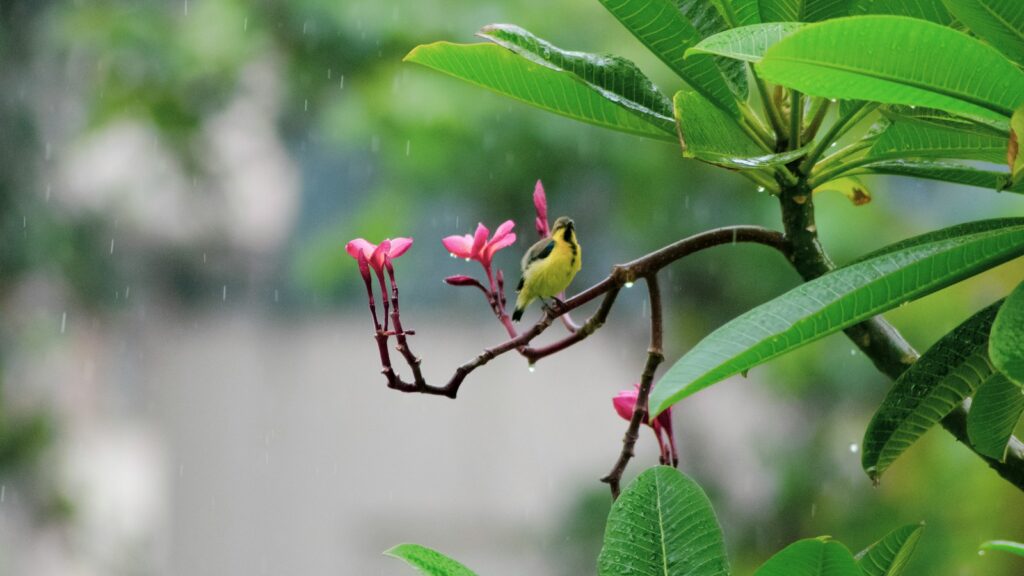
Rain creates significant thermoregulatory challenges for birds, explaining why many species become notably more visible once precipitation has ended. During rainfall, many birds enter a state of reduced activity, sheltering in dense vegetation or other protected locations to prevent their feathers from becoming waterlogged—a potentially life-threatening condition that impairs insulation and flight capability. Once rain stops, these birds emerge en masse to dry their plumage, forage for food to replace energy reserves depleted during the inactive period, and resume normal behaviors like singing and territory defense. This pattern is particularly noticeable with small passerines like chickadees, warblers, and finches, whose high metabolic rates require frequent feeding but whose small body size makes them vulnerable to hypothermia when wet. The post-rain appearance of these birds often creates the impression that they’ve suddenly “appeared” when in reality they were present but inconspicuous during the rainfall itself.
Migration and Weather Fronts
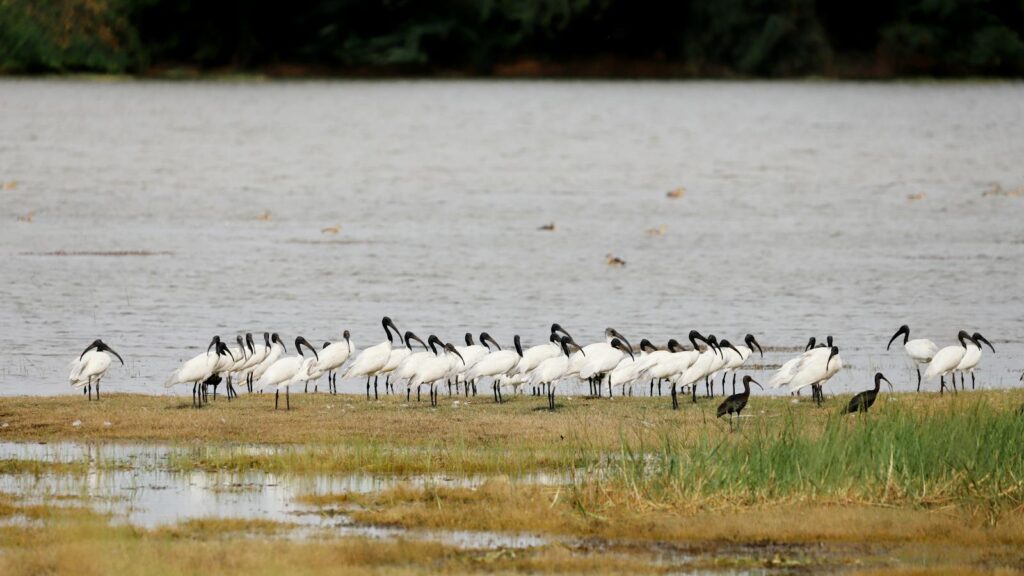
The relationship between bird movements and weather systems creates dramatic post-rain appearances during migration seasons. Migrating birds often travel behind cold fronts, which typically bring precipitation followed by clearing conditions with favorable tailwinds. When these birds encounter rainfall en route, they frequently pause their journey, creating a phenomenon known as “fallout” where large numbers of migrants concentrate in sheltered areas until conditions improve. Once the rain clears, these birds become highly visible as they resume feeding, often appearing in unusually high concentrations in parks, woodlots, and other habitat patches. Spring migration through the Gulf Coast of the United States offers spectacular examples of this pattern, where warblers, tanagers, thrushes, and other neotropical migrants can suddenly appear in remarkable diversity and abundance immediately after spring storm systems pass through.
Post-Rain Singing and Territorial Behavior
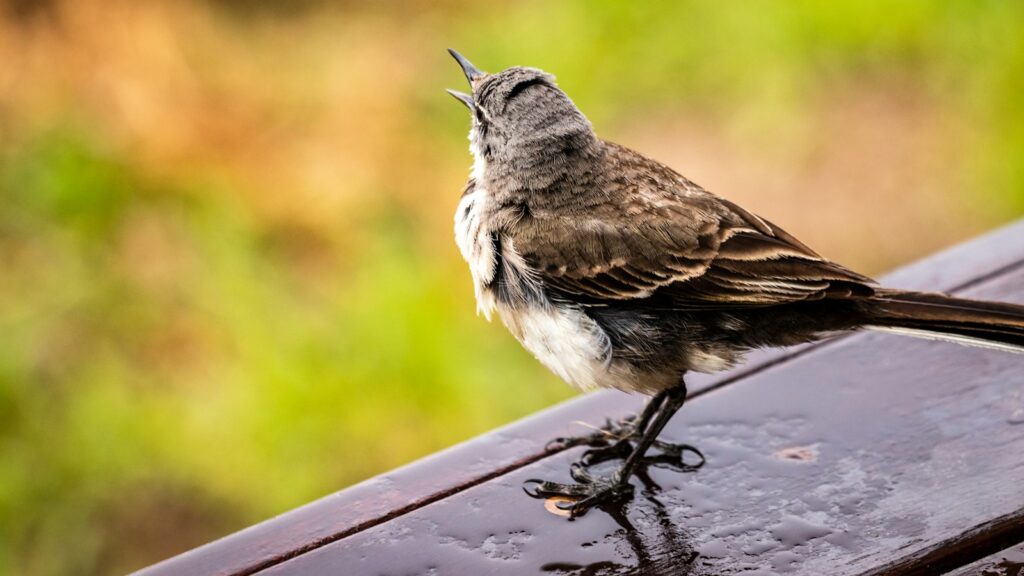
The acoustic landscape undergoes a remarkable transformation following rainfall, with many bird species launching into concentrated bouts of singing once precipitation ends. This post-rain chorus serves multiple biological purposes related to territory defense and mate attraction, activities that were temporarily suspended during the rainfall itself. Song birds like thrushes, cardinals, and wrens often engage in particularly intense singing after rain, taking advantage of the excellent sound transmission conditions created by the combination of still air and high humidity. Researchers have documented that sound travels farther and with greater clarity in humid post-rain conditions, making it an optimal time for birds to broadcast territorial messages and mate-attraction signals. This sudden acoustic activity can make birds seem more numerous after rainfall, contributing to the impression that they’ve appeared specifically in response to the weather event.
Rain-Induced Breeding Behaviors
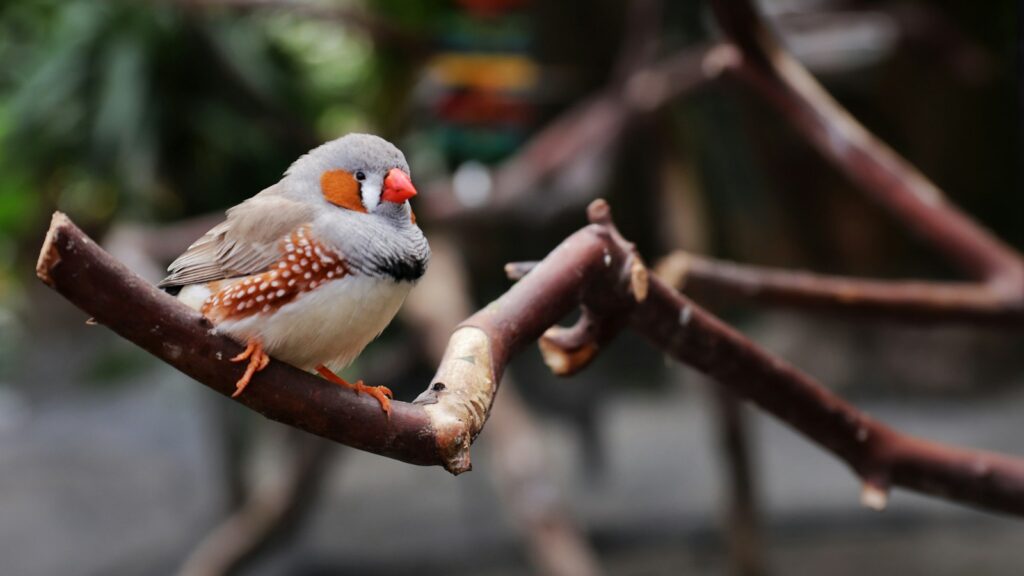
For certain species, rainfall serves as a crucial environmental trigger that initiates breeding behaviors, causing birds that were previously inconspicuous to suddenly engage in highly visible displays and activities. African and Australian birds that inhabit unpredictable environments show this pattern dramatically, with species like the Zebra Finch capable of transitioning from non-breeding to breeding condition within days of rainfall. The Budgerigar (wild parakeet) of Australia’s interior offers another striking example, as these birds can remain nomadic and reproductively inactive for extended periods until rainfall triggers an explosive breeding response. Such species may converge on areas that have received rainfall from vast distances, seemingly appearing from nowhere to take advantage of temporarily favorable conditions. These adaptations represent evolutionary solutions to unpredictable environments where the timing of reproduction must be precisely aligned with resource availability rather than fixed seasonal cycles.
Wetting Agents in Seeds and Plant Germination
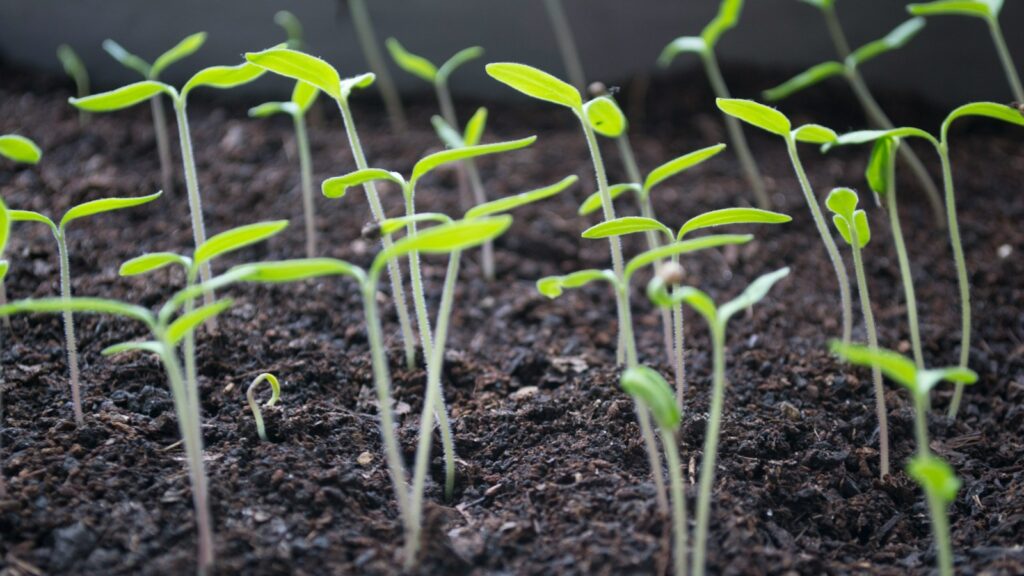
The botanical world’s response to rainfall creates delayed attractants for seed-eating birds, explaining why granivorous species often appear days after precipitation events. When rain moistens seeds, it activates natural wetting agents that make nutritional components more accessible and digestible for birds, effectively enhancing the food value of seed resources. Additionally, rainfall triggers rapid germination in many plant species, creating tender sprouts rich in nutrients that appeal to birds like finches, sparrows, and doves. This relationship is particularly visible in semi-arid environments, where quail, doves, and finches may become significantly more abundant in an area 3-7 days after rainfall as they respond to this improved food availability. The desert Southwest of North America showcases this pattern clearly, with White-winged Doves and Gambel’s Quail becoming notably more concentrated around areas that have received recent rainfall.
Water Availability and Drinking Behavior
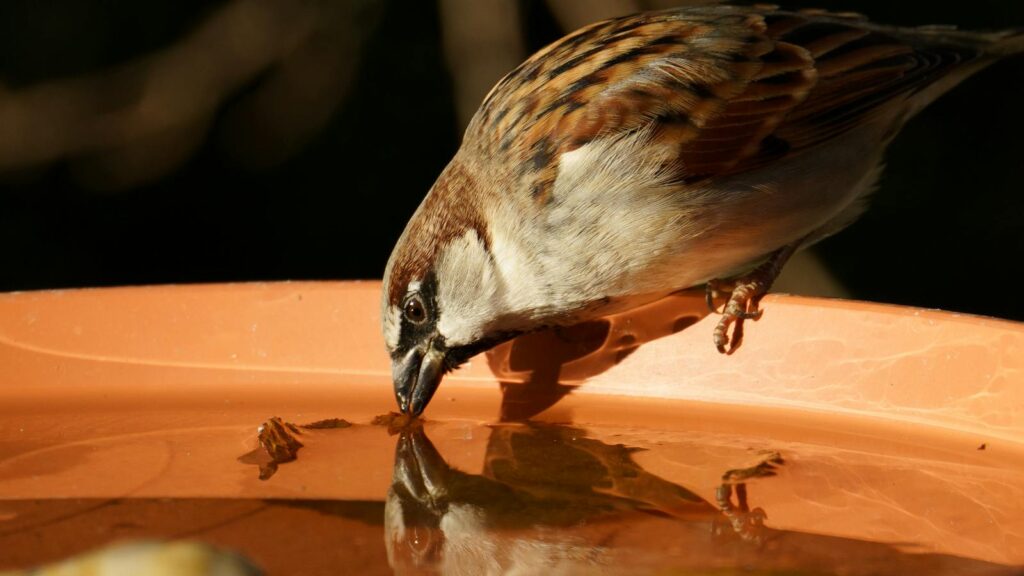
Beyond feeding opportunities, rainfall creates essential drinking and bathing resources that attract birds to newly formed puddles, filled birdbaths, and ephemeral pools. Many bird species require regular access to fresh water not only for hydration but also for maintaining feather condition through bathing—a critical activity for flight performance and insulation. In arid regions, temporary water sources created by rainfall become magnets for bird activity, with species traveling considerable distances to access these resources. Doves and pigeons, with their unique ability to drink by suction rather than the typical scooping and tilting method used by most birds, often appear in numbers around temporary water sources after rain. The concentration of birds around these resources creates another form of post-rain “appearance” as species that were dispersed across the landscape converge on newly available water features.
Seasonal Patterns and Rain-Dependent Appearances
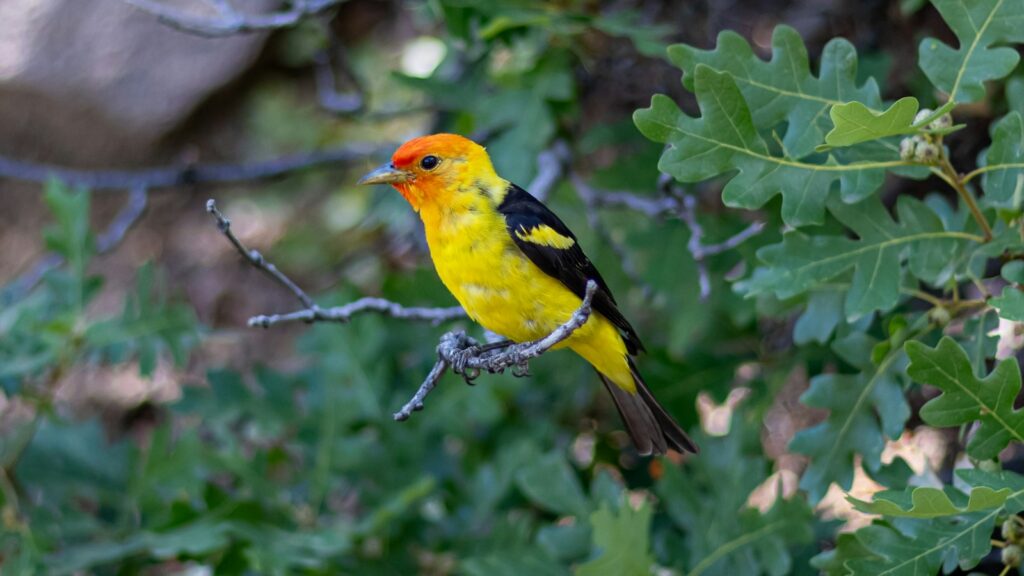
The relationship between rainfall and bird appearances shows distinct seasonal patterns that reflect both evolutionary adaptations and current environmental conditions. During breeding seasons, the response to rainfall tends to be more dramatic and immediate as birds race to capitalize on optimal conditions for raising young. The Western Tanager provides an interesting example in North American pine forests, where their singing activity increases markedly after summer monsoon rains create favorable conditions for the insects they feed to nestlings. Conversely, during migration periods, rainfall often suppresses bird activity temporarily but creates heightened visibility once conditions clear, as migrants resume their journeys with intensified urgency to make up for lost time. Winter rainfall patterns produce yet another response profile, with resident birds often showing more subtle reactions focused primarily on immediate feeding opportunities rather than reproductive behaviors.
Human Perception and Observation Bias
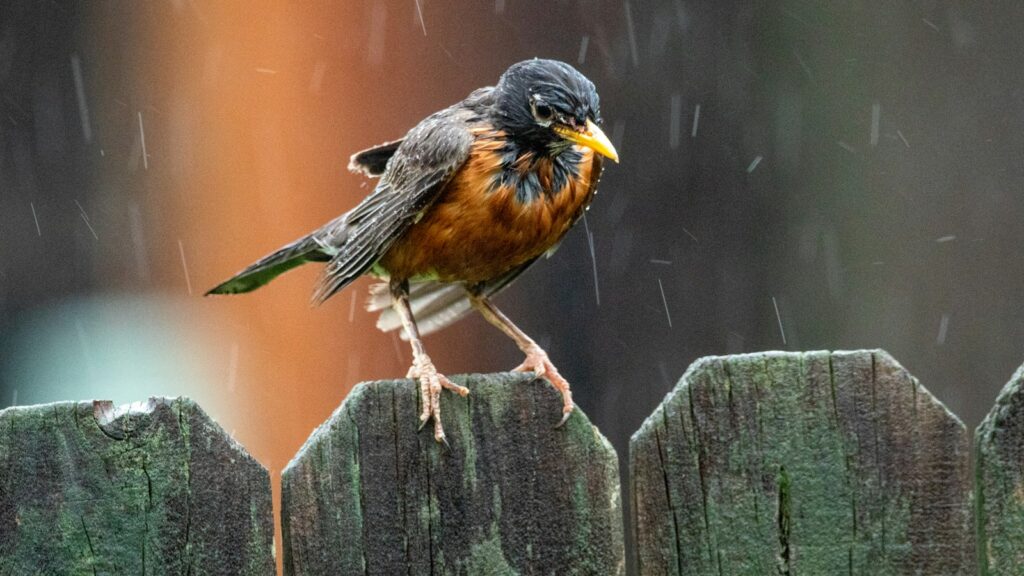
The phenomenon of birds “appearing after rain” is partially explained by changes in human observation patterns and perceptual biases that affect when and how we notice birds. During rainfall, human observers typically spend less time outdoors, particularly in open spaces where birds are most visible, creating a gap in observation continuity. When people emerge after rainfall just as birds are becoming active again, the sudden contrast creates an impression of new avian arrivals rather than a return to normal activity levels. Additionally, the post-rain environment often features enhanced visibility conditions—clearer air, reduced dust, and improved light quality—that make birds easier to spot even at their normal abundance levels. Psychological factors also contribute, as the refreshed feeling many humans experience after rainfall may heighten attention to natural surroundings, making previously overlooked birds suddenly noticeable.
Conservation Implications and Climate Change

The tight relationship between rainfall patterns and bird behaviors has significant implications as precipitation regimes shift under climate change scenarios. Birds that have evolved precise timing mechanisms linked to historical rainfall patterns may face serious challenges as these patterns become less predictable or shift seasonally. Species that time their breeding or migration in response to rainfall cues may experience mismatches between their biological cycles and resource availability if precipitation timing shifts while other environmental factors (like day length) remain constant. These concerns are particularly acute for specialized desert species and birds of ephemeral wetlands, whose entire life histories may be synchronized with rainfall patterns that are becoming increasingly erratic. Conservation efforts increasingly focus on identifying and protecting species with rain-dependent behaviors, as these birds may serve as early indicators of ecosystem responses to changing climate conditions.
Conclusion
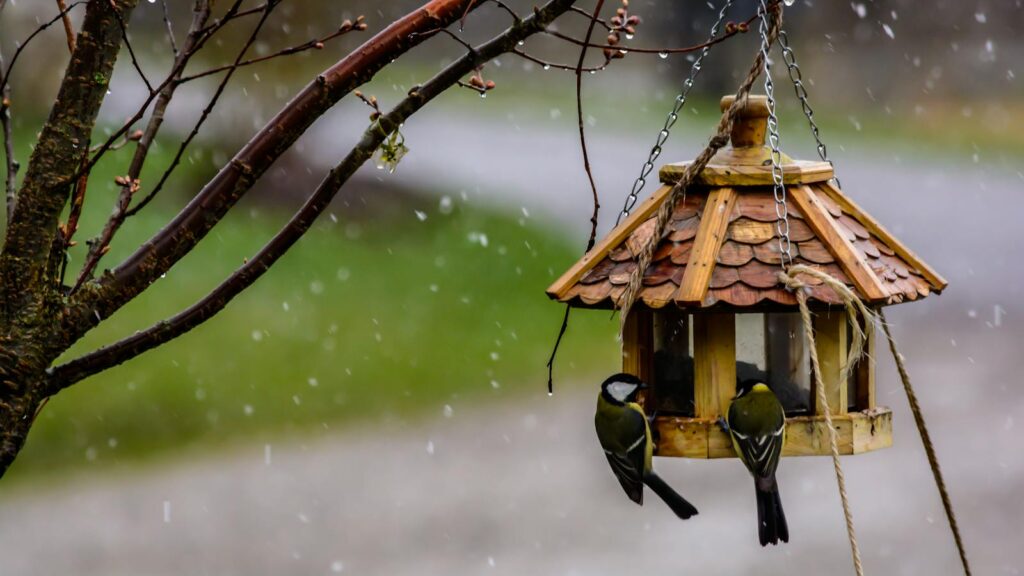
The appearance of birds after rainfall represents far more than a casual coincidence—it reflects complex ecological relationships, evolutionary adaptations, and behavioral strategies honed over millennia. From desert specialists that can detect distant rainfall to backyard birds that simply become more visible once precipitation ends, these post-rain appearances offer fascinating glimpses into how birds have adapted to maximize their survival in varying environments. As climate patterns continue to change, these rain-linked behaviors may serve as important indicators of ecosystem health and adaptability. For birdwatchers and nature enthusiasts, understanding the connection between rainfall and bird activity not only enhances observation opportunities but also deepens appreciation for the intricate ways birds have evolved to synchronize their lives with the rhythms of their environments.
